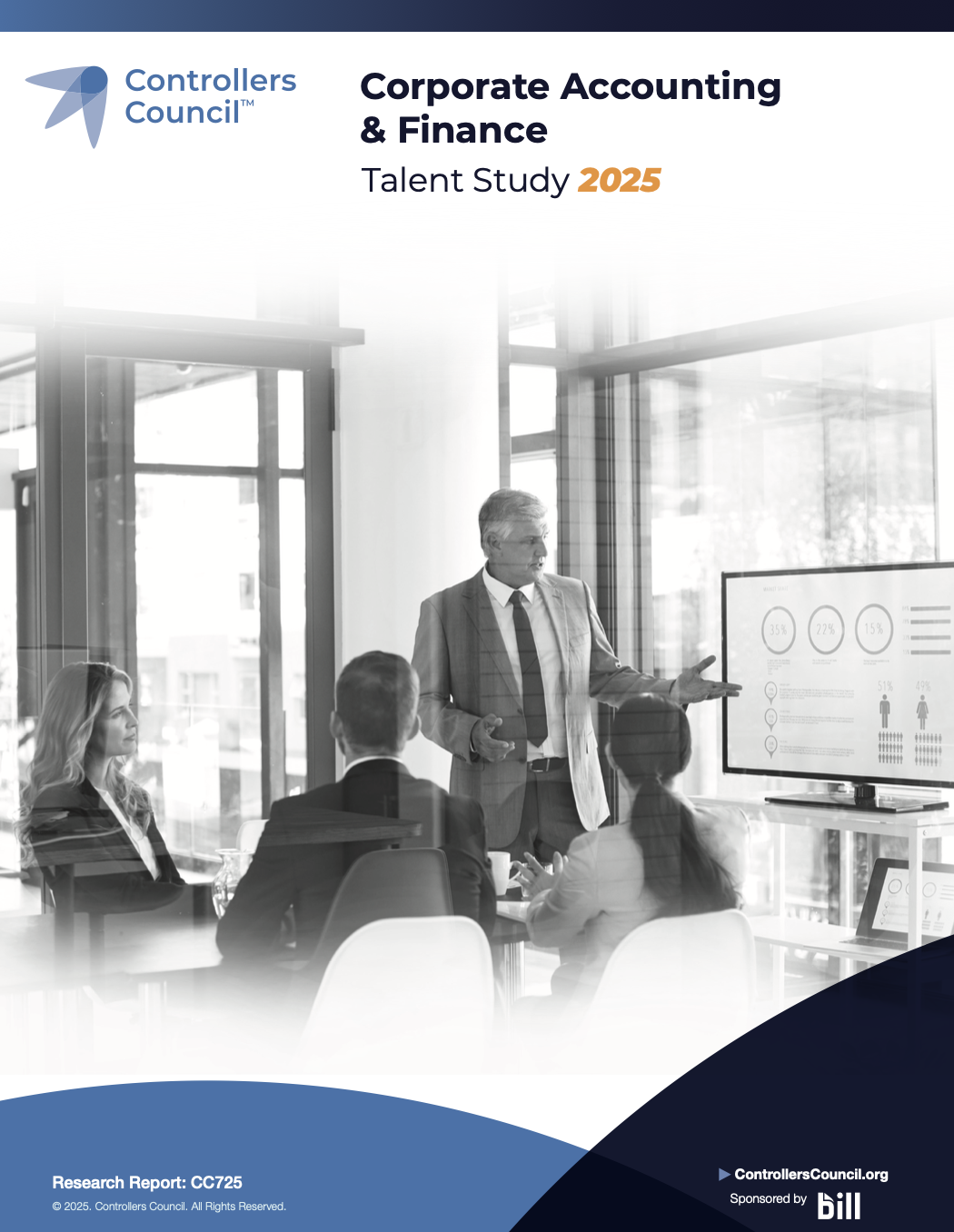Every member of the C-suite plays a critical role in merger and acquisition (M&A) transactions, including CFOs and controllers.
Whereas other members of the executive leadership team are tasked with addressing the logistics of M&A transactions, CFOs, controllers, and the entire finance department are responsible for overseeing the transaction plan and post-transaction integration of fiscal resources.
Additionally, CFOs and their teams must ensure that the parent organization complies with relevant state and federal regulations.
To better understand the role of controllers and CFOs in the M&A process, let’s examine some common challenges as well as best practices for successful integration.
Challenges CFOs/Controllers Face During M&A Transactions
In the buildup to a merger or acquisition, CFOs and controllers will encounter a variety of hurdles. These challenges will become magnified once the M&A transaction begins. If not properly managed, they can cause lasting impacts on both parties involved in the transaction.
To mitigate this issue, controllers and CFOs should be mindful of the challenges they will face, including:
Disparate Processes and Technology
One of the biggest barriers to a smooth integration of two businesses is disparate technology and processes. In the ramp-up to an M&A transaction, the CFO and controller need to develop a plan for acquiring, structuring, and analyzing incoming data.
If both organizations are large, the leadership team should consider adopting cloud-based entity management technology to simplify this process. Such a solution will provide the CFO, as well as other members of the C-suite, with the visibility they need to streamline M&A transactions and manage their entities.
The Demand for Speed
Generally speaking, every member of the C-suite has the same goal during an M&A transaction. They want to accelerate the growth of the organization by partnering with, merging with, or acquiring another business entity. However, each executive has different priorities and responsibilities during the M&A process.
Whereas CFOs and controllers are typically focused on performing their due diligence and ensuring that the deal is a good financial move for the organization, other members of the C-suite may be more concerned with the speed with which the deal gets done.
Interdepartmental Friction
Mergers and acquisitions can be stressful for everyone, especially individuals who work for the business that is being acquired. This friction between the new leadership and staff can make it difficult for the CFO to access the information they need.
Admittedly, resolving this problem can be quite challenging and requires the support of the entire C-suite. The executive team must carefully control the flow of information throughout its own organization as well as within the entity being acquired. Getting the subject company’s staff on board is critical to successful integration.
Best Practices for a Successful Integration
CFOs can effectively navigate the challenges associated with M&A transactions by addressing all three phases of the merger or acquisition, including the planning phase, the transaction itself, and post-merger compliance. Let’s explore some best practices associated with each phase of the M&A journey.
Perform Extensive Due Diligence
While performing due diligence, CFOs and controllers should make sure that the proposed deal is a good fit for their organization. Additionally, they must verify the identity of any and all ultimate beneficial owners (UBOs) for compliance and reporting purposes.
Due diligence is important for mitigating risks to the organization and identifying the best opportunities for supporting the company’s long-term goals.
Maximize Synergy
After the company has entered the transaction phase, the CFO becomes the lead negotiator. At this point, they have a singular focus: ensuring that the organization obtains the most favorable terms possible.
During this phase of the M&A transaction, CFOs and controllers must maximize synergy with the rest of the C-suite as well as the subject organization’s leadership team.
Prioritize Post-Merger Financial Management
Following the merger, the CFO must facilitate a return to normalcy in terms of operational efficiency and resource utilization. The core business should operate just as efficiently and effectively as it did before the merger (if not more so), despite the added complexities created by the newly acquired assets.
Additionally, the CFO, the controller, and their team must remain cognizant of compliance issues. They must apply their proven compliance management strategies to the new organization so the asset does not expose the parent entity to undue liability.
M&A Transactions: A Challenging but Worthwhile Endeavor
While successfully navigating any merger or acquisition will be challenging for the finance department and specifically the CFO and controller, M&A transactions are a powerful growth catalyst for any business.
With that in mind, CFOs and controllers should maintain focus on the reason behind the M&A transaction and apply the aforementioned best practices. By doing so, they can set the stage for successful integration.




